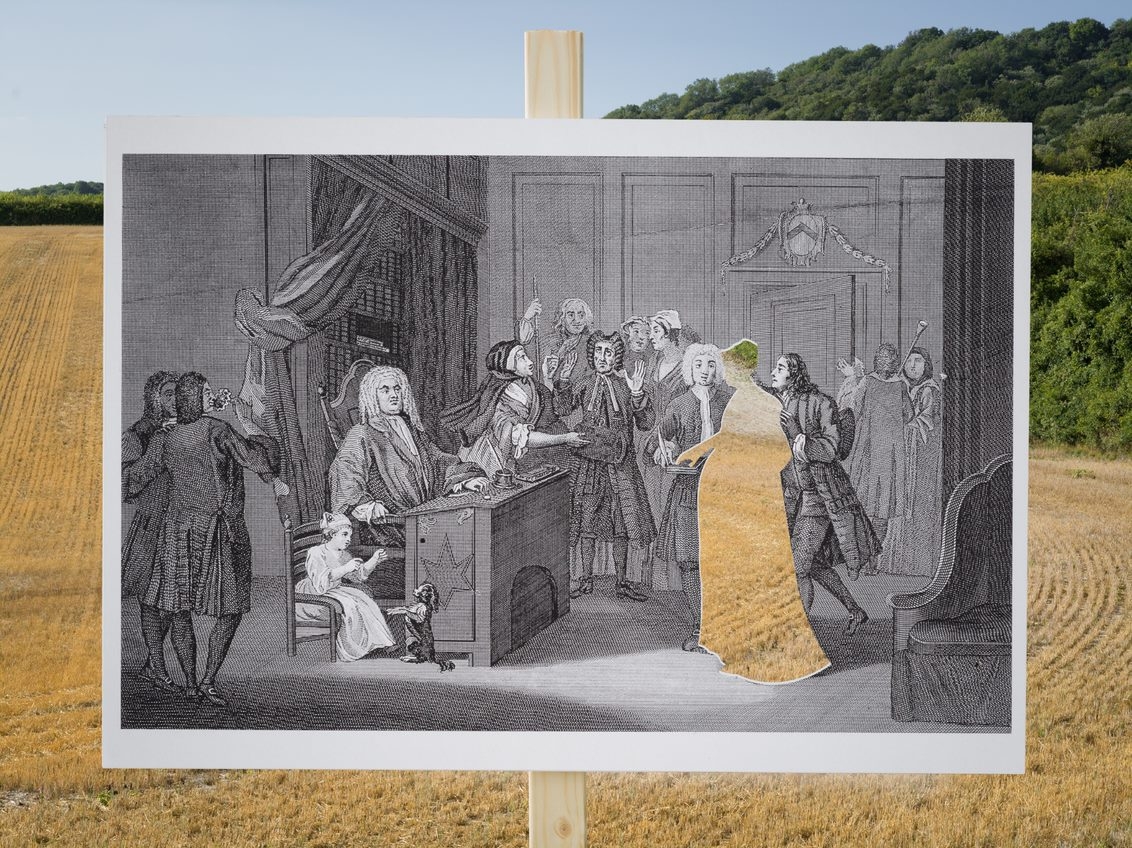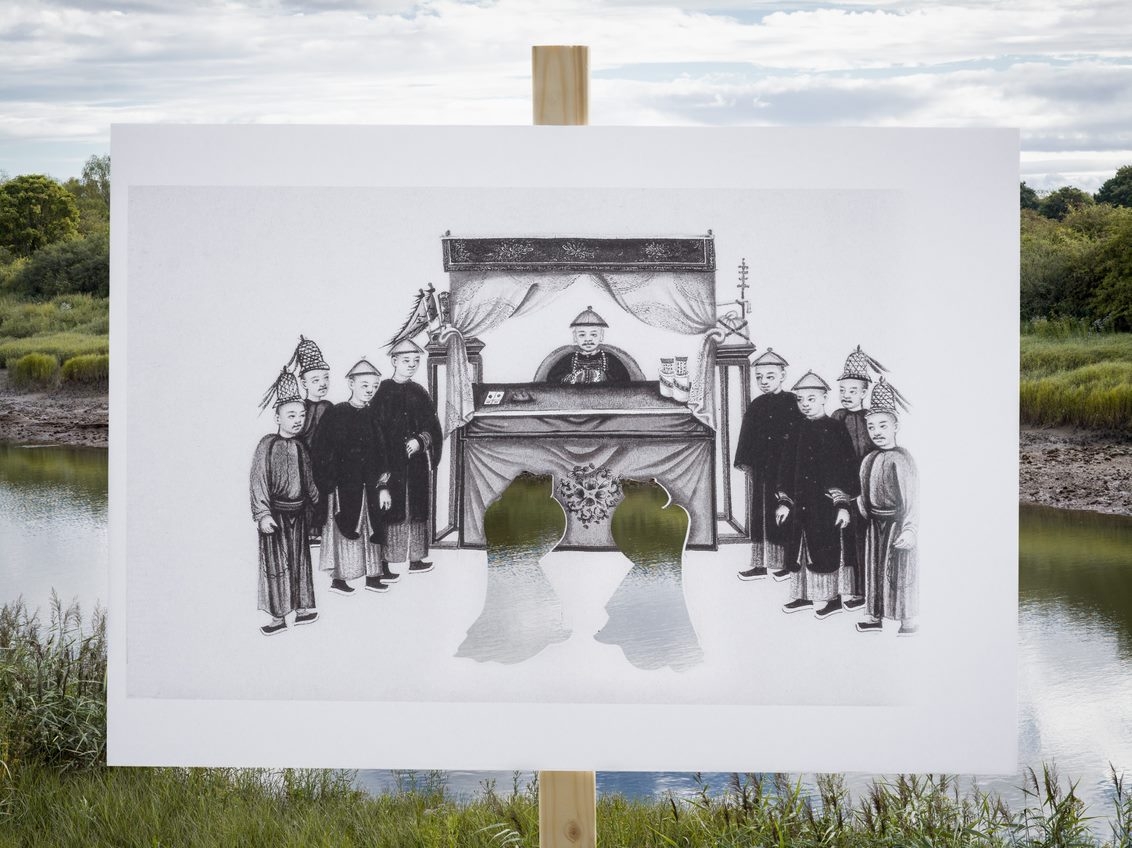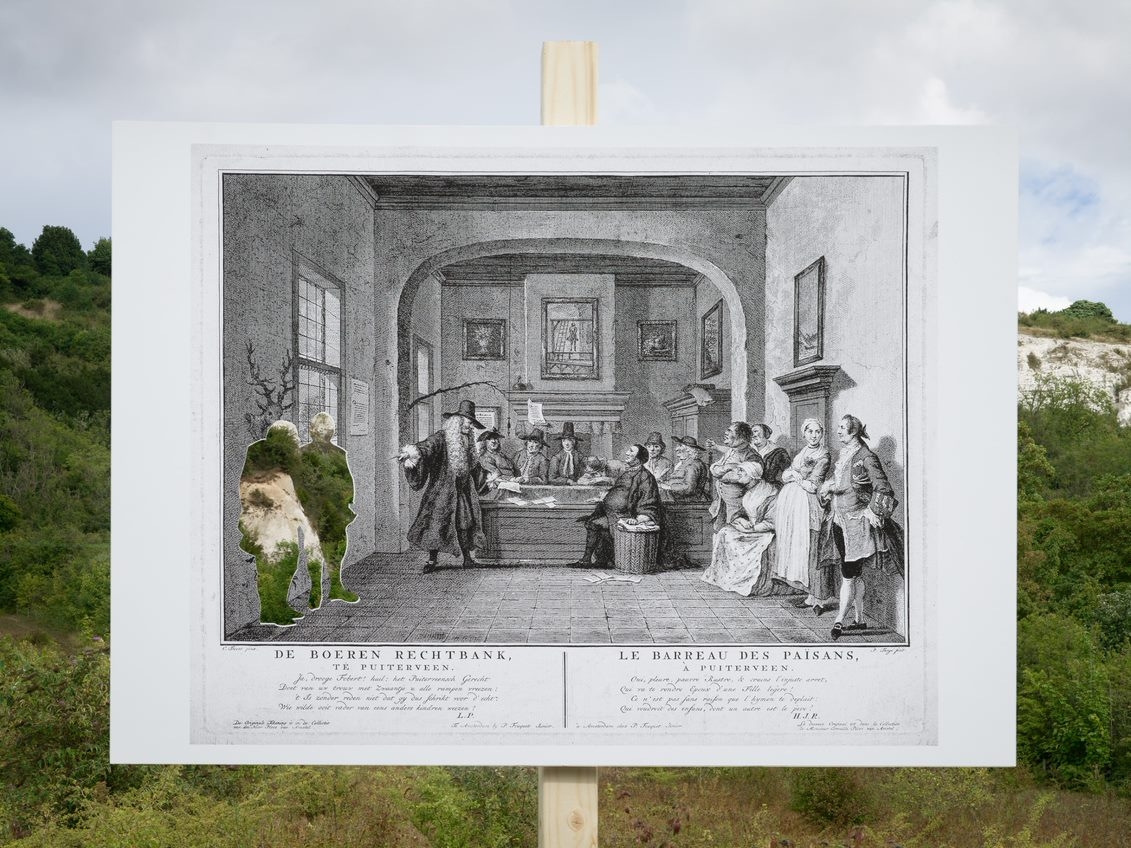The idea that nature has rights is increasingly being taken seriously in law and politics, but Isabella Kaminski has long been fascinated by the idea of who gets to speak for it. Drawing on conversations with activists and lawyers, she asks how the non-human can be represented within a human-made system. Can a plant really take a government department to court?
Wild rice grows in the shallow, quiet inland waters of the northern US Great Lakes. For centuries it was a hugely important source of food and a cultural touchstone to native peoples such as the Ojibwe, who know it as manoomin.
Now that same species of grass has become the centre of a long-running protest over the expansion of an oil pipeline through tribal lands and sensitive water systems.
The pipeline, known as ‘Line 3’ and owned by Canadian company Enbridge, already takes oil from tar sands in Alberta all the way down to Wisconsin. But the line often leaks, so the company wants to install a completely new branch through Minnesota.
The project’s opponents, a mix of environmental activists and affected local communities, have tried various tactics to try to block it, with little success.
Their latest attempt is different. White Earth Band, one of the Ojibwe tribes, want to argue that the consent of wild rice itself is needed to sign off on the project, because anything that poses an environmental risk, such as water pollution, will affect its ability to grow.
Using treaties agreed with the US in the 1800s, which give Native Americans the rights to hunt, fish and gather wild rice, combined with more recently agreed tribal laws conferring explicit legal rights on wild rice, they sued Minnesota state officials in tribal court. The legal documents had manoomin as named plaintiff, arguing that it was threatened by the state’s approval of a dewatering permit for the pipeline.
Over the past decade New Zealand has granted legal personhood to a forest, a river and an extinct volcano, acts that inspired India to follow suit.
“I’m a little different than other attorneys because I live on the reservation and I’m a tribal member,” says Frank Bibeau, a member of the White Earth Band, who is leading the case.
“I'm not saying I'm the only person in these shoes, but I look at the puzzle different. I had to wait for the other attorneys to finish and exhaust all of their other administrative remedies. Because every time I’d say something about rights of manoomin, they’d get quiet or look at me kind of funny and say, ‘Frank, what is this? How can this be a law?’”

“Governments and legal systems are increasingly recognising that nature has intrinsic rights to exist and to defend itself in court.”
Despite the funny looks, governments and legal systems around the world are increasingly recognising that nature has intrinsic rights to exist and to defend itself in court from those who might seek to harm it.
Over the past decade New Zealand has granted legal personhood to a forest, a river and an extinct volcano, acts that inspired India to follow suit with the Ganges and Yamuna rivers in 2017. Two years later, all rivers in Bangladesh were given explicit rights after people complained that the shores of the Turag were being built up and the water had become too polluted.
Some countries have given much broader legal recognition to nature. Ecuador was the first country to adopt a ‘rights of nature’ law in its national constitution in 2008, giving legal standing to Pachamama (Mother Earth). Its courts have since ruled that plans to mine for copper and gold in a protected cloud forest violate those rights. Ecuador’s example has been followed by Bolivia and, most recently, Panama.
How nature speaks
Much of this modern legal movement was inspired by a paper published in 1972 by US lawyer Christopher Stone, ‘Should Trees Have Standing?’, which posited that nature might have rights in the way that corporations do.
In the paper and subsequent book, Stone explored who would be responsible for upholding these rights, and proposed a guardianship model where ‘friends’ of the natural feature would keep an eye on it and represent it in court if necessary.
That model has generated a lot of academic and legal discussion about whether it properly balances competing interests and whether such guardians can fully interpret nature’s needs.
In a 2021 paper in the Journal of Human Rights and the Environment, political scientists Matt Harvey and Steve Vanderheiden argue that nature ‘speaks’ through actions and reactions, “often presaging more serious actions or reactions such as mass extinctions or runaway climate change” and should be listened to.
Such speech is not directly transmitted from the speaker to the listener, but through “eco-feedback collected in the study of natural systems”.
Harvey and Vanderheiden say nature can be silenced deliberately, for example by closing down global climate-monitoring stations, putting climate deniers into scientific institutions, or censoring scientific advisory bodies and reports. But it can also be silenced through misrepresentation, where “‘mute’ nature can be misinterpreted by a well-meaning guardian that fails to disentangle the human from the non-human”.

“Christopher Stone proposed a guardianship model where ‘friends’ of the natural feature would keep an eye on it and represent it in court if necessary.”
Over the years, many different versions of guardianship have been proposed, involving activists, NGOs, local authorities and others. Some models are much broader. In Ecuador, for example, any citizen can go to court to defend an aspect of nature they feel is threatened.
But many argue that most rights-of-nature laws will not be just or effective unless Indigenous peoples and vulnerable communities are deeply involved in the process. New Zealand, where the Whanganui River is represented by a guardianship body made up of both Māori representatives and people appointed by the Crown, is often held up as an exemplar. These kaitiaki (guardians) show that “there is an alternative to the European concept of stewardship, where nature exists to serve human interests”.
More than wild rice
Jack Fiander is tribal lawyer for the Sauk-Suiattle and is representing the rights of salmon in a lawsuit against the City of Seattle.
Being familiar with both worlds, Fiander describes himself as a “translator between tribal people and those outside the tribe”. As well as corporations, he points out that there are well-established precedents for people representing the rights of others in court – children, for example, or people with limited mental capacity. “We must speak for them, as they cannot.”
Frank Bibeau, who filed a case on behalf of manoomin at tribal court, has a similar view. “I don't have the unilateral right to represent wild rice,” he tells me. “Nobody does in our culture.”
What he does have, is the “obligation and responsibility to do the best I can to make sure I try to represent the broadest concepts and beliefs that we would agree on, to help other people understand our culture and spirituality and the link to wild rice”.

“Most rights-of-nature laws will not be just or effective unless Indigenous peoples and vulnerable communities are deeply involved in the process.”
Unfortunately for Bibeau, the White Earth Appellate Court formally dismissed his claim in July. While describing itself as “sympathetic” to the case, the tribal court said it did not have legal jurisdiction over the matter.
But Bibeau says just the act of filing their case has given his community a sense of pride. “Indians everywhere are walking around with their chests puffed out, and they laugh at the same time that manoomin is doing this to the [Minnesota Department of Natural Resources].”
Undeterred, he will continue to fight to protect his community’s resources and culture, and believes there is huge potential in similar lawsuits involving the rights of fish, such as that brought by salmon against Seattle. The city is trying to get the case thrown out of tribal court, but has so far been unsuccessful.
Fiander, who is representing salmon in the case, says it is so important to his community because their lives are inseparable from the creatures and because they see themselves reflected in the water. “Like our youth, they may go away for a few years to grow, but they always come back to serve us.”
About the contributors
Isabella Kaminski
Isabella Kaminski is a freelance journalist specialising in the environment and climate change.
Steven Pocock
Steven is a photographer at Wellcome. His photography takes inspiration from the museum’s rich and varied collections. He enjoys collaborating on creative projects and taking them to imaginative places.


